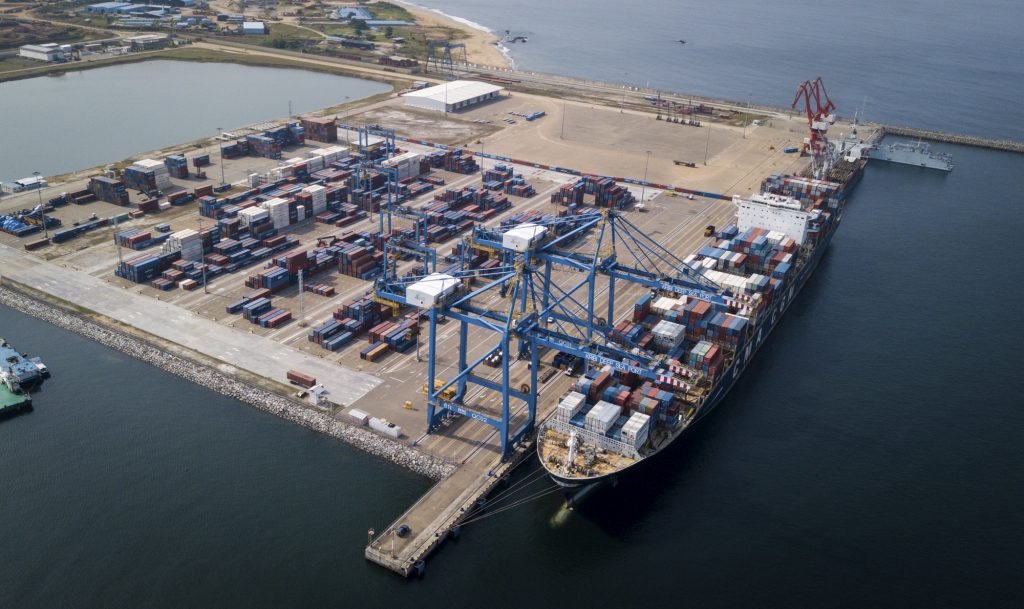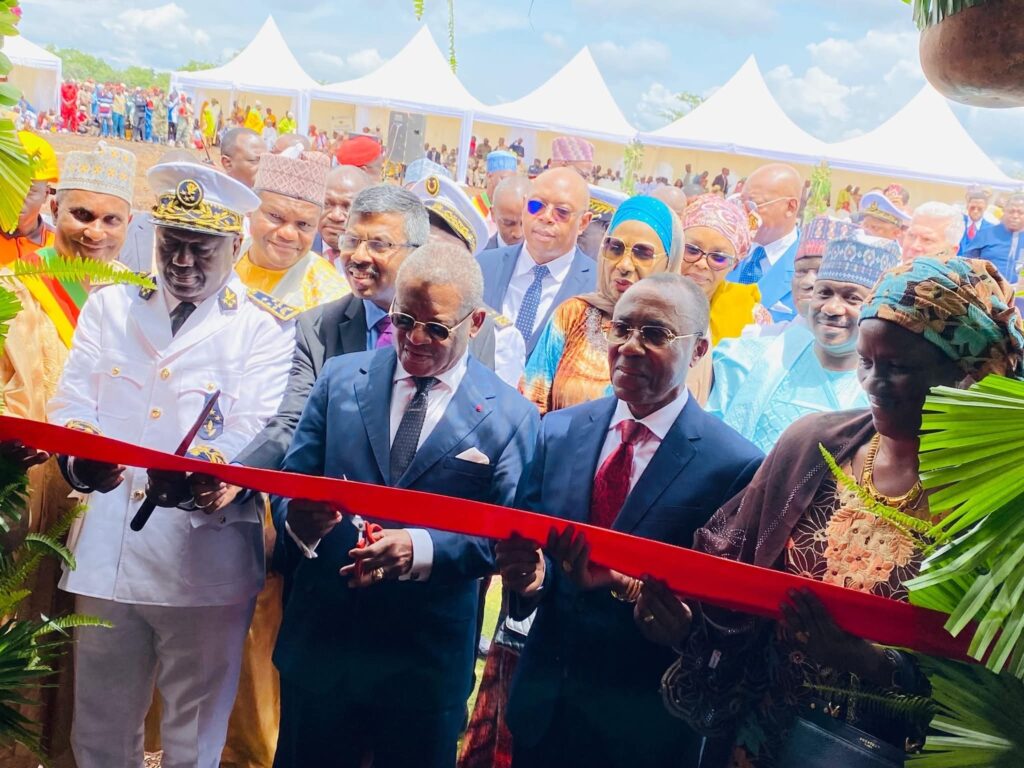Sustainability

Sustainability & HSE
Our commitment
We run a practical, measurable program that keeps people safe, protects communities and the environment, and makes our mine-to-port chain bankable. Our system is built to the same global benchmarks used by development banks and export credit agencies, not just internal promises. (See frameworks below.)
The framework we follow
IFC Performance Standards (PS1–PS8). Risk assessment, labor & working conditions, resource efficiency, community health & safety, land, biodiversity, Indigenous Peoples, and cultural heritage guide how we design and operate. IFC+2IFC+2
World Bank Group General EHS Guidelines. Good International Industry Practice (GIIP) for air/noise, waste, traffic safety, contractor management, and emergency preparedness. IFC+1
Management system alignment: ISO 45001 for occupational health & safety; ISO 14001 for environmental management (continuous improvement, legal compliance, objectives/targets).


HSE management system (operator-first)
Plan → Do → Check → Improve, embedded into daily ops:
Hazard ID & risk registers at route, depot, rail/port, and load/unload stations (PS1).
Journey management: pre-trip checks, speed governance, driver rotation & fatigue management, geofenced no-go zones, daily toolbox talks (PS2/PS4; ISO 45001).
Incident & near-miss reporting: 24-hour reporting window; root-cause analysis (5-Why, fishbone), corrective & preventive actions tracked to closure (ISO 45001).
Emergency response: spills, collisions, rail interface events, and community incidents; quarterly drills with local services (EHS Guidelines).
Environmental stewardship (mine-to-port)
Dust & noise control: route watering/conditioning, speed limits, covered loads, maintenance-on-condition, and noise surveys (EHS Guidelines; ISO 14001).
Spill prevention & response: sealed fuel systems, spill kits on every unit, contaminated-soil handling SOPs, and trained first responders.
Waste & scrap: segregated storage, licensed handlers, tracking manifests.
Resource efficiency: telemetry-based fuel optimization, tire life monitoring, anti-idling policies (PS3).


Community & local content
Local employment & training: progressive targets for drivers/technicians and HSE roles; road-safety outreach in corridor communities (PS2/PS4).
Stakeholder engagement: mapped stakeholders, scheduled forums, and grievance mechanism with response SLAs and feedback loops (PS1).
Traffic & public safety: signage at crossings, convoy rules near towns/schools, and joint campaigns with authorities.
